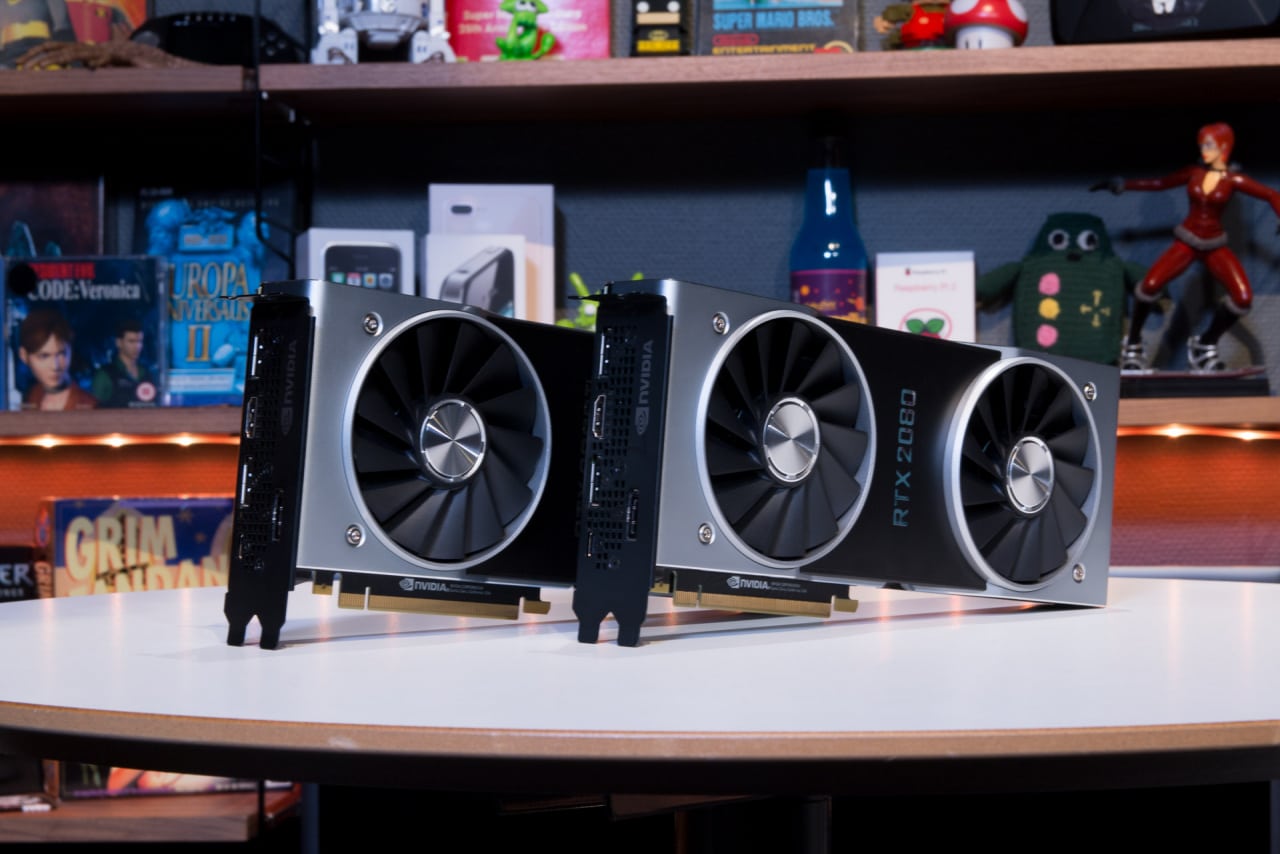In recent years, Nvidia has made it something of a tradition to release major updates to the company’s graphics drivers in conjunction with a major technology or gaming trade show. This year’s CES trade fair is no exception and with the CES 2020 Game Ready Driver (441.87) a number of new products are introduced in addition to the usual optimizations.
One of the news is that Nvidia has added the Max Frame Rate option in the driver control panel, which allows the player to set a maximum level for the image update. The benefits of this include better battery life with laptops, and lower latency. With the new feature, the user can limit the ceiling of the image update, regardless of the characteristics of the screen.
The previously available Adaptive V-Sync feature offers similar FPS limitation, but is dependent on the screen image update. Also new is the Image Sharpening filter, which allows users to use resolution scaling without applying the sharpening filter to the image, as well as the possibility of custom resolutions for scaling.
VRSS leverages Variable Rate Shading (VRS), which is one of the key advancements of the Turing architecture. VRS decouples shading rate from resolution, and one is able to increase/decrease the image quality in different regions of the frame. VRSS uses fixed foveated super sampling where the image quality in the center mask region can be improved for VR games with a higher shading rate compared to the peripheral region in a frame, resulting in better image quality.
A major innovation is the Variable Rate Super Sampling (VRSS) function, which builds on the Variable Rate Shading (VRS) introduced with the Turing architecture. VRS improves performance by rendering different parts of the scene with different levels of detail depending on how important and detailed the current part of the scene is.
VRSS builds on this to increase the graphic quality in VR titles. This is accomplished by increasing the shading rate of the player’s field of view by eight times. VRSS is supported in over 24 VR titles, but according to Nvidia will also offer better performance compared to when the graphics alternative 4x supersampling used.
In addition to new features, game optimizations are also added. Wolfenstein: Youngblood finally gets the previously promised support for ray tracing and AI-scaled resolution in the form of DLSS. According to the company’s own data, DLSS provides a performance improvement of 40 percent with the resolution 1440p and RTX activated, when the settings are used for a Geforce RTX 2060.
Additional driver additions include eight new monitors that meet the requirements for adaptive image synchronization with the software version of G-Sync, which thus gets the G-Sync Compatible stamp. Finally, a number of applications receive RTX support, where Adobe Premiere Pro, Blender and Autodesk Arnold are visible.
CES 2020 Geforce Game Ready Drivers (441.87) are available for download via Nvidia’s driver portal and the Geforce Experience software.
► Read all articles from #CES-2020















